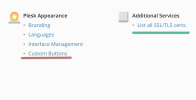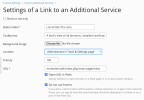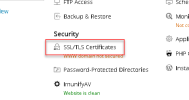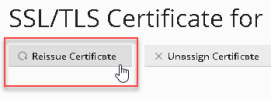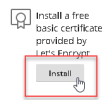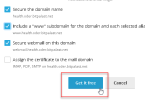- Server operating system version
- Ubuntu 22.04
- Plesk version and microupdate number
- Plesk Obsidian 18.0.49
Hi,
Can't find a general topic about the "SSL It!" extension for discussing new features (and collecting feedback or bug-reports if any). Let me create it.
In January 2023, SSL It! has been released with the new main screen (server-wide, available only for Plesk Admins), which offers a bird's view of all domains, installed certificates (if any), the certificates' expiration dates, and certificate authorities. It is now also possible to filer domains by status (valid, expired, self-signed, and so on) and certificate authority.
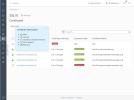
...despite the fact that the screenshot contains only certificates from Let's Encrypt, the extension also shows required information for paid certificates if they are installed and configured for domains...
Have you already had a chance to see how it works? Do you have any feedback/ideas what should be changed or improved?
Can't find a general topic about the "SSL It!" extension for discussing new features (and collecting feedback or bug-reports if any). Let me create it.
In January 2023, SSL It! has been released with the new main screen (server-wide, available only for Plesk Admins), which offers a bird's view of all domains, installed certificates (if any), the certificates' expiration dates, and certificate authorities. It is now also possible to filer domains by status (valid, expired, self-signed, and so on) and certificate authority.

...despite the fact that the screenshot contains only certificates from Let's Encrypt, the extension also shows required information for paid certificates if they are installed and configured for domains...
Have you already had a chance to see how it works? Do you have any feedback/ideas what should be changed or improved?

